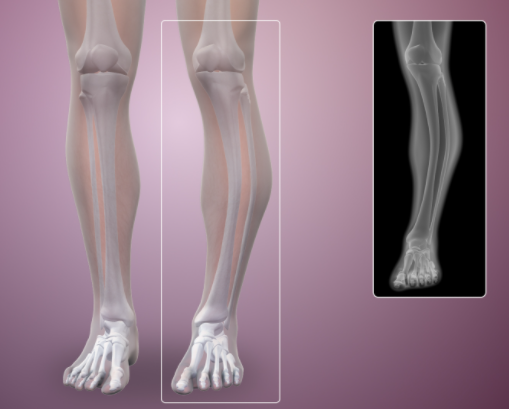
Physiotherapy can improve Paget’s disease outcomes
First described in 1877 by Dr James Paget, Osteitis Deformans, or Paget’s disease of the bone is the second most common skeletal disorder after Osteoporosis.
Paget’s disease causes an accelerated rate of bone remodelling where some bones grow abnormally, resulting in excessive bone that lacks the strength and shape of normal bone. This can sometimes lead to pain in the bone and the nearby joints of the skull, spine, pelvis, and long bones of the lower legs.
What causes Paget’s disease and what are the symptoms?
The root cause of Paget disease is unknown and most people with Paget disease have no signs or symptoms of bone disease. When symptoms such as pain or deformity present themselves, it might be related to Paget disease itself or to complications that occur because of abnormal bone growth.
Pain due to Paget’s is typically a mild to moderate, deep, aching discomfort that persists through the day, may worsen with weightbearing and may be present at night.
People with Paget’s disease may have pain that is related to Pagetic activity in the bone or to related complications, including:
- Arthritis of joints near Pagetic bone lesions
- A pinched nerve caused by bone overgrowth (eg, sciatica)
- Fractures through the weakened Pagetic bone when exposed to weightbearing stresses.
- Abnormal bone growth may cause visible deformities. If the leg is affected, there can be bowing of the leg, which can cause a limp or can present with back or joint pain due to the abnormal gait.
How is Paget’s diagnosed?
Most people are diagnosed with Paget’s disease through a combination of blood tests and x-rays or bone scans.
- Blood test— Alkaline phosphatase production is often elevated in people with Paget disease.
- Bone scan— A bone scan may be done to identify the bones that may have Paget disease. Bones that are shown to have signs of possible Paget disease can then be x-rayed to confirm the diagnosis.
- X-rays— Changes in the bones seen on x-ray may include thickening of the outside of the bone or deformity of the bone. X-rays are usually done after a bone scan to evaluate the affected bones.
Staying active helps to maintain bone health and joint mobility, as well as strengthen muscles. While there is no “cure” for Paget’s disease, a number of treatments working together can help slow the progression of the disease. Exercise is important for people with Paget’s disease, however as bones are weaker and more likely to fracture, certain forms of exercise are not suitable for people. By consulting with a physiotherapist, you can create an exercise program tailored specifically for you. Lane Cove physiotherapists can also provide techniques that can help improve movement, reduce pain and make your everyday activities easier.
In addition, we can design a home exercise program to
- maintain skeletal health and strength
- avoid weight gain
- increase joint range of motion and flexibility
- prevent complications such as osteoarthritis and fractures from occurring
Being active can help you maintain healthy bones, control your weight, and keep your joints moving.
Your Lane Cove physio can also design a gentle aerobic exercise program based in our aquatic therapy pool that can support bone health and maintain overall physical condition without putting extra stress on your joints.
Early and consistent treatment is the key to treating specific issues caused by Paget’s disease and Lane Cove physiotherapists are experienced in making the disease more manageable and avoiding further problems.



